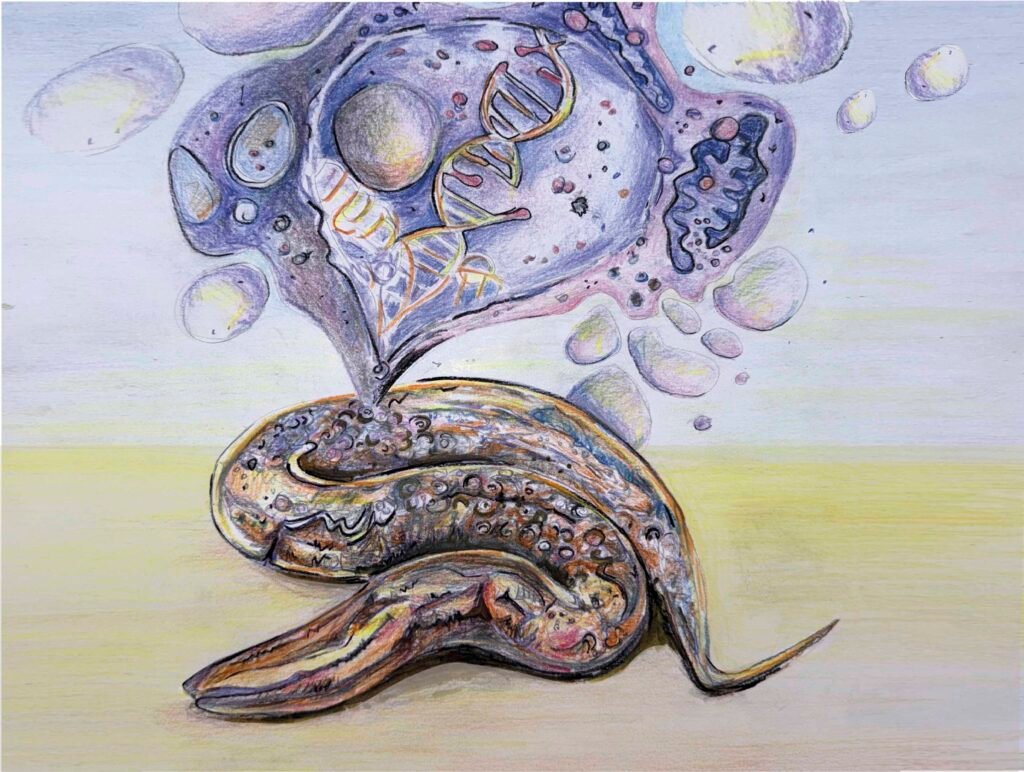Senescent cells, known for their damaged and inflammatory nature, play a significant role in the aging process. Researchers at the Max Planck Institute for Biology of Aging have made a groundbreaking discovery that worms can enter a senescent-like state, similar to what is observed in mammals. This finding opens up a new avenue for studying senescence at the whole organism level, offering the potential to uncover novel strategies for preventing or reversing senescence. Published in Nature Aging, these findings hold promise for the development of therapies targeting age-related conditions and cancer dormancy.
The researchers induced the senescent-like state in worms by manipulating the transcription factor TFEB. Normally, worms that undergo long-term fasting followed by refeeding are able to regenerate and appear rejuvenated. However, in the absence of TFEB, the worm’s stem cells fail to recover from the fasting period and instead enter a senescent-like state. This state is characterized by markers such as DNA damage, nucleolus expansion, mitochondrial reactive oxygen species (ROS), and the expression of inflammatory markers, mirroring the senescence process observed in mammals.
Adam Antebi, the head of the study and director at the Max Planck Institute for Biology of Aging, states, “We present a model for studying senescence at the level of the entire organism. It provides a tool to explore how senescence can be triggered and overcome.”
TFEB is a key transcription factor involved in cellular responses to nutrient availability, playing a crucial role in regulating gene expression in response to fasting. In the absence of TFEB, worms attempt to initiate growth programs without sufficient nutrients, leading to senescence.
The researchers conducted genetic screens using their new model to identify mutations that can bypass senescence. They discovered that growth factors, including insulin and transforming growth factor beta (TGFbeta), are dysregulated upon TFEB loss. The TFEB-TGFbeta signaling axis is also implicated in cancer diapause, a state in which cancer cells enter a dormant, non-dividing state to survive chemotherapy. Future research will explore whether this worm model can be used to develop treatments targeting senescent cells during aging and cancer dormancy.
In conclusion, the study conducted at the Max Planck Institute for Biology of Aging sheds light on the ability of worms to enter a senescent-like state and provides a valuable model for studying senescence at the organism level. This research has the potential to pave the way for innovative therapies targeting age-related conditions and cancer dormancy.


